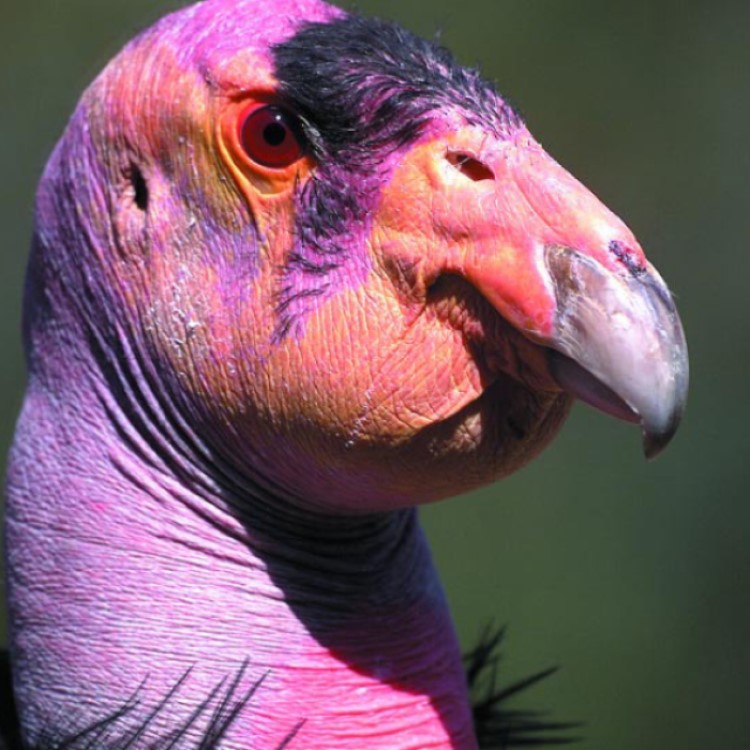
Shielding the Scavengers: Fighting Avian Flu in California Condors
On Jun. 3, 2025, a study published in Emerging Infectious Diseases offers encouraging findings for conservationists battling the spread of highly pathogenic avian influenza (HPAI) in endangered birds. The study, led by Dr. Todd Katzner of the U.S. Geological Survey and conducted in collaboration with the U.S. Fish and Wildlife Service (USFWS), the U.S. Department of Agriculture (USDA), and other partners, evaluates the safety and immunogenicity of a poultry H5N1 vaccine for use in black vultures and California condors.
The research was initiated in response to a 2023 outbreak of HPAI (clade 2.3.4.4b) that killed over 21 California condors—about 18% of one wild subpopulation—posing a grave threat to a species with fewer than 600 individuals remaining worldwide. With condors teetering on the edge of extinction, the urgent need to explore protective strategies, including vaccination, became clear.
The trial used a conditionally licensed, inactivated H5N1 avian influenza vaccine developed by Zoetis. No adverse reactions were observed in either species. While two vultures developed minor, temporary injection-site nodules, condors exhibited no negative behavioral or physical responses.
The study evaluated whether factors such as sex or prior lead exposure—an immunosuppressant and major cause of condor mortality—impacted vaccine response. No statistically significant correlations were found, though birds with lower lead levels tended to show stronger antibody responses, suggesting an area for future investigation.
This study provides the first documented evidence supporting the use of HPAI vaccination in critically endangered condors and demonstrates the value of surrogate species (black vultures) in preclinical wildlife vaccine trials. Importantly, it paves the way for vaccination programs as a conservation tool, especially amid rising threats from zoonotic and panzootic pathogens.
Given the success of this pilot program, the USFWS initiated a broader vaccination campaign in 2024. By October, 207 condors had received at least one dose. This proactive intervention may become a model for safeguarding other at-risk avian species, particularly those whose population sizes are too fragile to withstand sudden disease outbreaks.
Ultimately, the study suggests that wildlife vaccination—long discussed but rarely implemented at scale—may offer real promise for preserving biodiversity in the face of emerging infectious disease threats
Tags:
Source: Global Biodefense
Credit:
